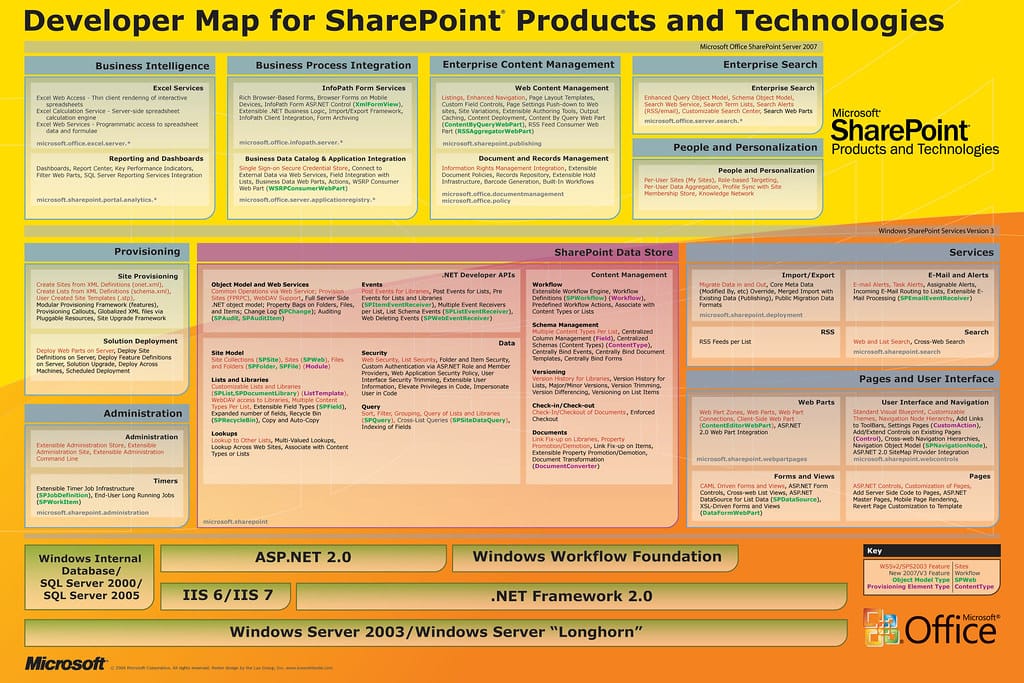Critical Security Flaw Leaves Tens of Thousands of SharePoint Servers Exposed as Microsoft Remains Silent
A newly discovered critical vulnerability is leaving tens of thousands of Microsoft SharePoint servers exposed to potential cyberattacks, with security researchers sounding the alarm over the tech giant's apparent reluctance to issue a patch. The flaw, which affects on-premises SharePoint installations worldwide, has cybersecurity experts warning of an impending wave of attacks targeting enterprise data and infrastructure.
The Vulnerability That's Keeping IT Managers Awake
The security flaw, identified as a privilege escalation vulnerability in SharePoint Server, allows attackers to gain unauthorized administrative access to affected systems. Security researchers at Rapid7 first disclosed the vulnerability, noting that it affects multiple versions of SharePoint Server, including widely-deployed enterprise editions that organizations rely on for document management and collaboration.
What makes this situation particularly concerning is the scale of exposure. According to internet scanning data from security firm Censys, approximately 35,000 SharePoint servers are currently accessible from the internet, with a significant portion believed to be vulnerable to this specific exploit.
"This isn't just another routine security issue," explains Sarah Chen, a cybersecurity analyst at TechSecure Solutions. "The combination of widespread deployment and the critical nature of the vulnerability creates a perfect storm for potential enterprise breaches."
Microsoft's Unusual Silence
Perhaps the most troubling aspect of this security crisis is Microsoft's response—or lack thereof. Unlike the company's typical rapid response to critical vulnerabilities, Microsoft has yet to acknowledge the flaw publicly or provide a timeline for a security patch. This departure from standard practice has left security professionals and IT administrators in an uncomfortable holding pattern.
The software giant's usual monthly Patch Tuesday releases have come and gone without addressing this vulnerability, leading to speculation about the complexity of the fix or potential conflicts with existing SharePoint functionality. Industry observers note that Microsoft typically issues out-of-band patches for vulnerabilities of this severity.
Real-World Impact and Attack Scenarios
The practical implications of this vulnerability are severe. Successful exploitation could allow attackers to:
- Access sensitive corporate documents and intellectual property
- Modify or delete critical business data
- Install backdoors for persistent network access
- Launch lateral movement attacks across enterprise networks
Several cybersecurity firms have already detected scanning activity that appears to target this specific vulnerability, suggesting that threat actors are actively searching for vulnerable SharePoint installations. While no major breaches have been publicly attributed to this flaw yet, security experts warn that it's likely only a matter of time.
What Organizations Can Do Now
Despite the absence of an official patch, security professionals are recommending several immediate mitigation strategies:
Network Segmentation: Organizations should ensure their SharePoint servers are not directly accessible from the internet and are properly segmented from critical network infrastructure.
Access Controls: Implementing strict access controls and multi-factor authentication can help limit the potential impact of a successful exploit.
Monitoring: Enhanced logging and monitoring of SharePoint server activity can help detect potential exploitation attempts.
Backup Verification: Ensuring that data backups are current and tested becomes even more critical when facing potential data compromise.
Some organizations are taking more drastic measures, temporarily taking SharePoint servers offline or restricting access to essential personnel only until a patch becomes available.
Industry Response and Pressure Mounting
The cybersecurity community's frustration with Microsoft's handling of this situation is becoming increasingly vocal. Several prominent security researchers have taken to social media and professional forums to pressure the company for transparency and action.
"The longer Microsoft remains silent, the more time bad actors have to weaponize this vulnerability," warns Dr. Michael Torres, director of the Cybersecurity Research Institute. "Enterprise customers deserve better communication about threats to their infrastructure."
The Bottom Line
This SharePoint vulnerability represents more than just another security flaw—it highlights the critical importance of vendor responsiveness in our interconnected digital landscape. With tens of thousands of servers potentially at risk and Microsoft's uncharacteristic silence, organizations must take proactive steps to protect their SharePoint environments.
The situation serves as a stark reminder that even the most widely-trusted enterprise software can harbor serious security flaws, and that comprehensive security strategies must account for vendor delays in addressing critical vulnerabilities. Until Microsoft provides a patch and clearer communication, SharePoint administrators worldwide remain in an uncomfortable state of heightened alert, implementing workarounds while hoping their defenses hold.
